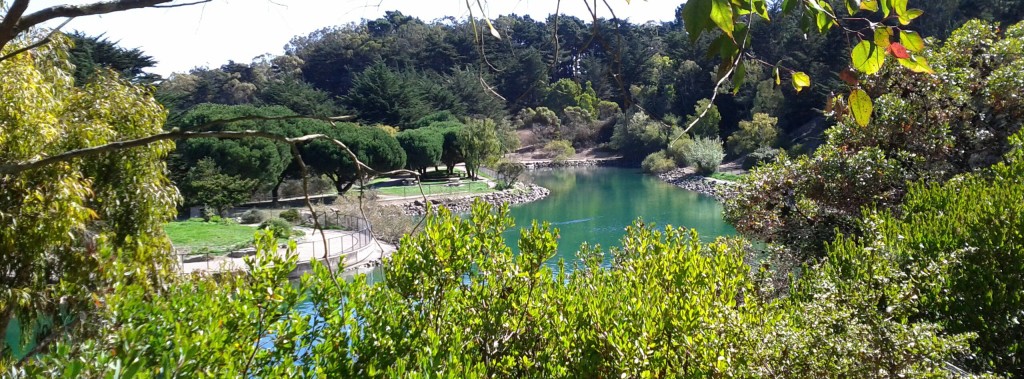John McLaren Park: enhancing public use while retaining nature’s interest

San Francisco’s parks and recreation space needs are constantly increasing with the growing population. One weekend at Dolores Park or Golden Gate Park, a visit to Stern Grove, the Presidio, Marina Green, or Ocean Beach, will quickly show how our heavily used green-ways and open areas need constant maintenance and care. Increased population has major impacts, and overuse may drastically affect the natural areas remaining; serious planning and effective controls are needed along with major infrastructure changes. SPUR hosted a discussion session with the SF Recreation and Parks Department recently to discuss the future of the second-largest recreational space in San Francisco, after Golden Gate Park and the Presidio: McLaren Park.
This meeting was noted in a SF Streetsblog article follow-up published by Roger Rudick on July 13, 2017. What was missing from the general summary, however, were the more pointed comments about how people moving to and working and living in the city and surrounding bi-county areas access this public park gem.
With all the major developments occurring in the D7/D10/D11 neighborhoods of San Francisco, including the bi-county Brisbane development, Sunnydale Hope SF, and Bay View / Candlestick and Excelsior, a larger population will be trying to get to these areas.
Public transit access becomes a key need to fend off the negative auto impacts of density on McLaren Park’s natural spaces. The problem stems from trying to protect and preserve the wilderness areas of McLaren Park while “programming” improvements through the expenditure of bond money. The prior Parks Bond generated a stated $12 million for McLaren Park. The McLaren Park Collaborative and other organizations have been hard at work trying to make sure that the money, including unspent prior monies, is used in areas and methods that support their collective park wisdom and their outreach to the community members.
The recent horseback riding test run did generate concerns between user groups, dog-walkers, bike-trail riders, and hikers. Proposals to try to protect the Park’s untrammeled natural areas indicate the use of fencing and more restrictive methods to ensure spaces do not become semi-inhabited by homeless. Enforcement of rules tend to penalize those groups adjacent who already use the park for many activities not always condoned by the Recreation and Parks Department.
One way to lessen the population impact on McLaren Park is to limit auto access, develop a double circle path and shuttle service for accessibility, and ensure people who want to visit have ample options in getting to and from the park. The Geneva Harney proposed Bus Rapid Transit line would connect directly the high-speed-rail terminus at the Bayshore and Brisbane developments up to Balboa Park Station. Turning this sooner into a light-rail option that adequately plans for linking up to Balboa Park Station would also provide a better connection and access to the park, ensuring less auto-centric visits and lessening the auto-trips within. It is important that McLaren Park not become an international park that visitors throng to as a symbol of San Francisco, but retains a community and local scale and character, a hidden gem in San Francisco’s park system.
Many people are concerned with natural areas planning and the presence of tree canopy in San Francisco but if we do not fix the mass-transit connectivity, the natural elements of McLaren may soon be overwhelmed with drive-in visitors not intent on protecting what a unique presence of nature lies within. (Go to McLaren Park Collaborative – www.mclarenparksf.org)
~~ Aaron Goodman

